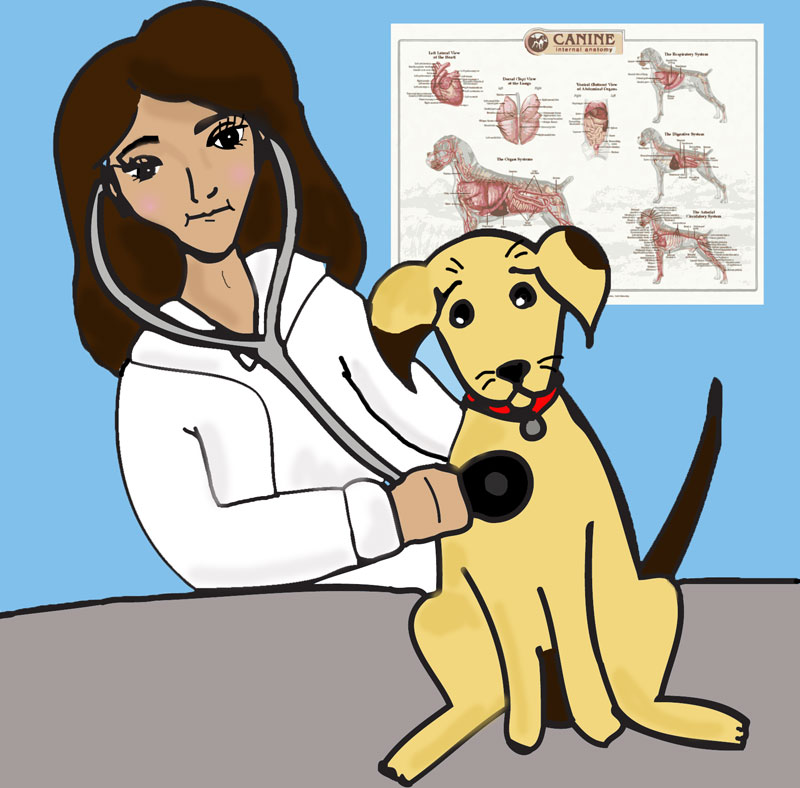Moving with pets can be a challenging experience. Aside from getting the logistics just right, you also have to

be concerned about your pet's health and comfort. The move can be very stressful on the pet. That's why you need to figure out the best way to transport your cat or dog, while keeping its best interests in mind.
Before you decide on whether to transport your pet by plane or car, there are several things to take into account:
- Since some countries (and even states) have restrictions on certain animal breeds, make sure your animal is allowed to be in your new location
- Get all the appropriate vaccination papers, registrations, vet records, and other documents together
- Locate a vet in your new area before you move
Transporting pets by plane
Between air pressure, altitude, and general discomfort, there are many things that can affect your pet while it's on an airplane. Therefore, it is very important to make sure your animal is healthy enough to fly. Before arranging for your pet to travel by air, talk to your vet. You may even want to bring it in for an examination. The vet can also tell you about your options for sedating the animal so it will sleep through the trip.
Once you determine if your pet can fly, you'll need to find the proper carrier. It is recommended that you attain a carrier approved for transporting pets by the IATA (International Air Transport Association). Carriers that meet IATA approval are constructed to have plenty of airflow and allow your pet to move around comfortably. Also, with IATA-approved carriers, you and your pet may be able to get through security and baggage screening a lot quicker. If using an unapproved carrier, you and your pet might not be able to board.
You can talk to your individual airline and find out their policies regarding animals. You'll want to know whether your animal can be stored under the seat or if it will have to be placed in the plane's storage area. Also, find out about other procedures, like the documents you need to bring with you and where to pick up your pet upon arrival.
TIP: Try to schedule a direct flight rather than one with a stopover. This will reduce the chances of your pet getting lost during transport.
Transporting pets by car
If you can't move your pet by plane (due to airline restrictions, health concerns, or any other reason), then you will likely have to transport it by car. At the same time, you might have planned on taking your dog or cat to your new home by car from the beginning. Though car travel is a lot easier than air travel, there are still plenty of things to take into account.
If your pet is not accustomed to traveling in a car, you might want to practice in the weeks before your move. You can do this by putting your pet in the car and driving around for short distances. This will allow your animal to become more familiar with the car and it will get used to being in the car while it is in motion. Just like with air travel, talk to your vet before putting your pet in the car for a long trip. Find out if there are any precautions you need to take.
During your trip, you may need to stay overnight at a hotel. Since you should never leave your pet in the car, do some research in advance to find hotels that allow pets. You can go to http://www.petswelcome.com/ to find a list of hotels across that country that welcome animals.
Here are some other considerations when driving your pet to your new home:
- You might want to get a pet carrier. Though it doesn't have to meet the IATA's strict standards, make sure it is comfortable for your pet.
- To avoid motion sickness or other accidents, don't feed your pet or give it water immediately before the move.
- Pack along your pet's blankets, pillows, and toys. This can give it a sense of familiarity and make the animal more comfortable.
TIP: You may want to invest in a pet barrier. These mesh barriers can prevent your dog from jumping into the front seat from the back and keep it safe if you have to stop short.
Whichever method you choose, make sure you take the proper precautions and have all the necessary forms and paperwork. You want to take every measure you can to ensure your pet is happy and healthy before, during, and after the move.